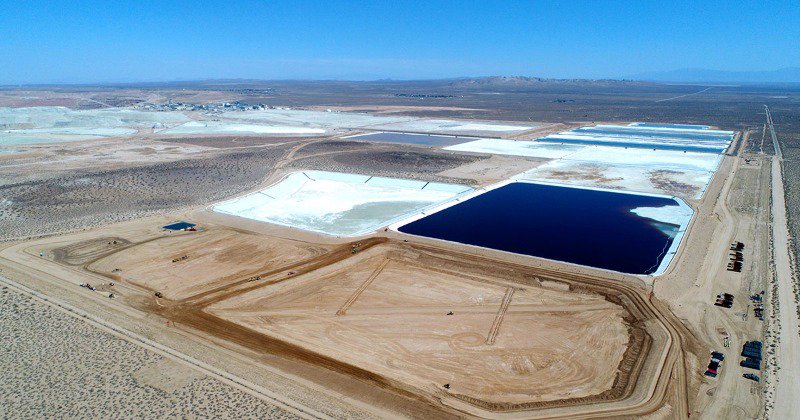Rio Tinto has today disclosed detailed information on each of its global tailings facilities and published both the company’s Group Procedure and its Standard for ‘Management of tailings and water storage facilities’ at www.riotinto.com/tailings.
Rio Tinto has 100 tailings facilities across 32 sites, and has a further 36 tailings facilities that are closed or under rehabilitation. Of the 100, 21 are upstream construction facilities.
“All Rio Tinto managed facilities are subject to three levels of governance and assurance:
- First level of assurance takes place at the asset itself with the main tenets being effective facility design, comprehensive operational controls and regular reviews. Independent reviews of the operations must be conducted not less than once every two years
- Second level is assurance to the Rio Tinto Standard through periodic Business Conformance Audits and Technical Reviews, supported by Rio Tinto’s Surface Mining Centre of Excellence
- Third level of assurance is independent of site management and normally conducted by third parties.”
“All Rio Tinto managed facilities, whether active or inactive, have an external engineer of record or design engineer.” Rio Tinto chief executive J-S Jacques said: “I would like to acknowledge the recent tragedy at Minas Gerais in Brazil, and our thoughts are with all those impacted by this truly awful event. The entire industry has a responsibility to do better and Rio Tinto is committed to play its part in any industry response, including an independent expert review.”
“In August 2015, Rio Tinto introduced a global Standard for ‘Management of tailings and water storage facilities’ in order to ensure all our managed facilities are operated in accordance with one global standard and any risks are actively managed. This Standard sets out a structured three stage approach, underpinned by Rio Tinto’s safety management system, and an external audit programme.”
“In light of this tragic event, Rio Tinto is again reviewing its global standard and, in particular, assessing how we can further strengthen the existing external audit of facilities. We fully support the need for greater transparency which is why today we disclosed detailed information on our tailing facilities and how they are actively managed. We will add to this over time.”











